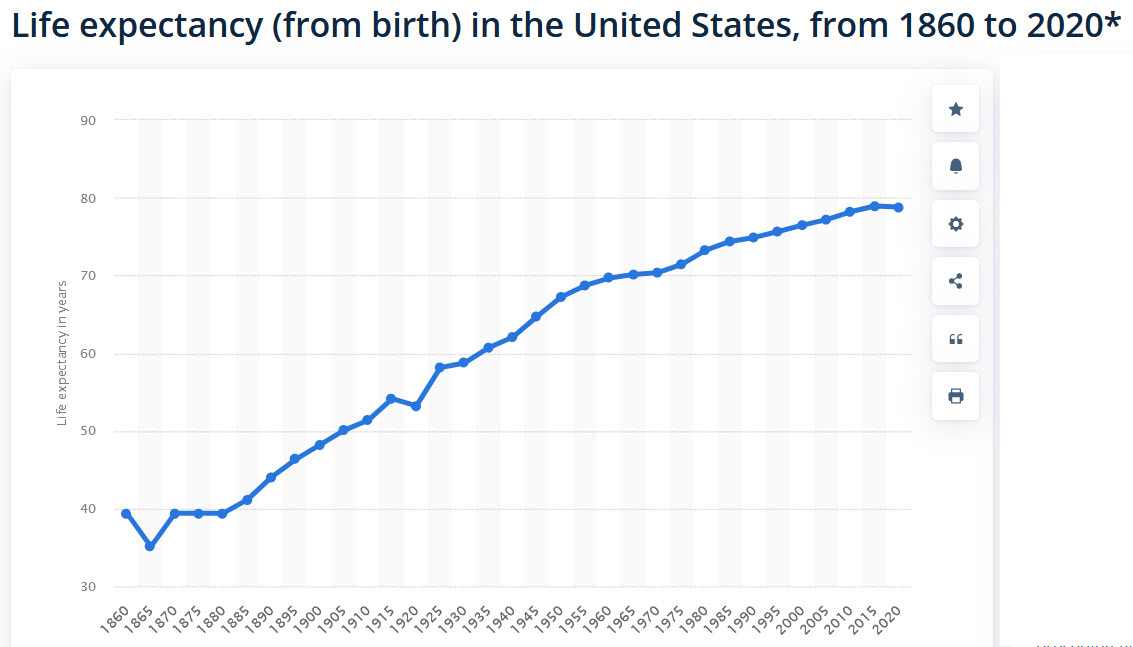 Inflation was up 0.5% in January and the CPI was up for 6.4% from the same period last year. Both numbers were higher than expected and have predictably caused the Federal Reserve to reflect and take a more hawkish stance. Shelter, Food and Energy remain the primary culprits boosting inflation numbers, of which shelter represents approximately 50%. While the markets anticipate a decline in shelter costs over the year this has proved stubbornly resilient to date. The next meaningful economic data announcements this month include "retail sales", the "monthly jobs report" and the consumer price index report for February.
Inflation was up 0.5% in January and the CPI was up for 6.4% from the same period last year. Both numbers were higher than expected and have predictably caused the Federal Reserve to reflect and take a more hawkish stance. Shelter, Food and Energy remain the primary culprits boosting inflation numbers, of which shelter represents approximately 50%. While the markets anticipate a decline in shelter costs over the year this has proved stubbornly resilient to date. The next meaningful economic data announcements this month include "retail sales", the "monthly jobs report" and the consumer price index report for February.
You may be wondering why this article is titled "Will the Fourth Industrial Revolution Kill Inflation" and that is because we are on the cusp of paradigm shifting innovations which will unleash a "productivity revolution" unlike anything that has come before it. The combination of AI, Robotics and Quantum Computing to mention just a few will reinvent what is possible. The current Quantum Computer in development at Google is purported to be 158 million times faster than the fastest supercomputer on the planet. That is an unfathomable leap. AI (Artificial Intelligence) is expected to double in its capacity every 6 months. At the most rudimentary level, these technologies combined with advanced micro-devices that have the potential to monitor every item and point on any supply chain, will not only address "supply chain" imbalances but altogether drive logistical, material and sustainable efficiencies across entire industries. By addressing supply chain issues, one of the main contributors of inflation, we will see these technologies contribute powerful disinflationary forces.
However, while we are on the cusp of this 4th industrial revolution which has the potential to dwarf every previous industrial revolution combined, the current impact is in its infancy. Over time, the combination of the technologies mentioned, and many others have the power for generating exponential innovation and one of these changes will be a generative global disinflationary economic impact.
...




 Happy New Year! We hope that you enjoyed the festive season and time with family. As we begin another year it is worth reflecting on our good fortune that we are living in an era of remarkable advances in health care that have prolonged the average lifetime. In 1875, the average life expectancy in the USA was 40 years old. By 1960 (85 years later) the average life expectancy in the USA was 69.77years and in 2019, it was 78.79 years. Life expectancy has almost doubled since 1875. It has fallen since 2020 due to the increase in mortality rate resulting from COVID and currently stands at 77.28 years in 2022. Men typically on average have a lesser lifespan reaching approximately 74 years of age whereas women on average live to about 80 years. As medicine advances at an exponential rate with the convergence of quantum computing, biotechnology, genomics, regenerative medicine, research and many other related disciplines, the pace at which healthcare is advancing is accelerating and we can expect the average life expectancy to keep rising alongside these advances.
Happy New Year! We hope that you enjoyed the festive season and time with family. As we begin another year it is worth reflecting on our good fortune that we are living in an era of remarkable advances in health care that have prolonged the average lifetime. In 1875, the average life expectancy in the USA was 40 years old. By 1960 (85 years later) the average life expectancy in the USA was 69.77years and in 2019, it was 78.79 years. Life expectancy has almost doubled since 1875. It has fallen since 2020 due to the increase in mortality rate resulting from COVID and currently stands at 77.28 years in 2022. Men typically on average have a lesser lifespan reaching approximately 74 years of age whereas women on average live to about 80 years. As medicine advances at an exponential rate with the convergence of quantum computing, biotechnology, genomics, regenerative medicine, research and many other related disciplines, the pace at which healthcare is advancing is accelerating and we can expect the average life expectancy to keep rising alongside these advances. Has the inflation tide turned? Core
Has the inflation tide turned? Core The end of "hope" may be a net positive when it comes to market expectations in a bear market. Up until recently the markets have been relying on a constant drip of an illusory - any moment now - "Fed Turnabout Cocktail". Each time the Federal Reserve dissappoints with renewed commitment to its hawkish policy, the markets pout. Volatility is the ineivtable result with almost daily commentary about the latest thoughts of the members of the Federal Reserve and upcoming economic indicators.
The end of "hope" may be a net positive when it comes to market expectations in a bear market. Up until recently the markets have been relying on a constant drip of an illusory - any moment now - "Fed Turnabout Cocktail". Each time the Federal Reserve dissappoints with renewed commitment to its hawkish policy, the markets pout. Volatility is the ineivtable result with almost daily commentary about the latest thoughts of the members of the Federal Reserve and upcoming economic indicators.